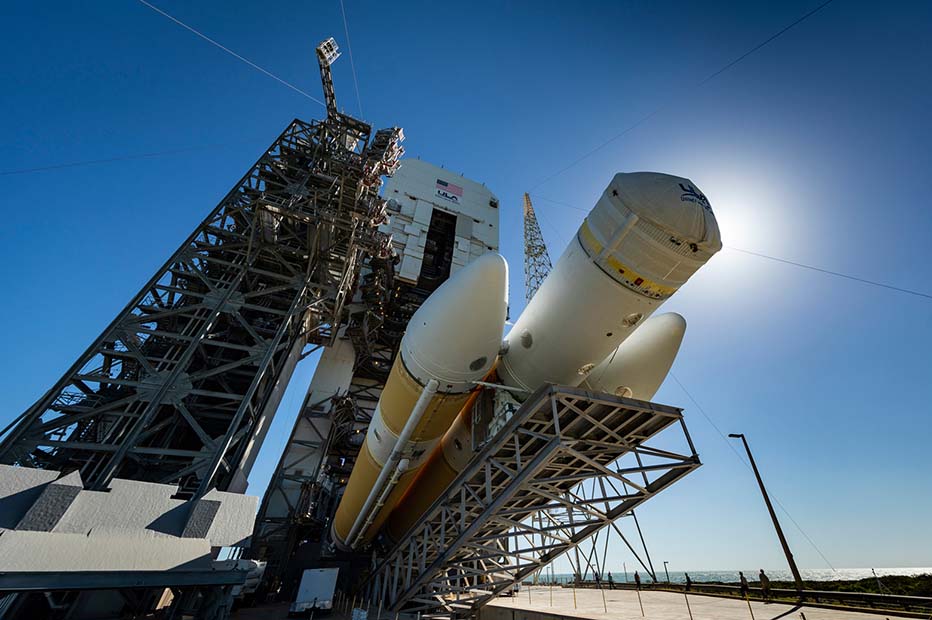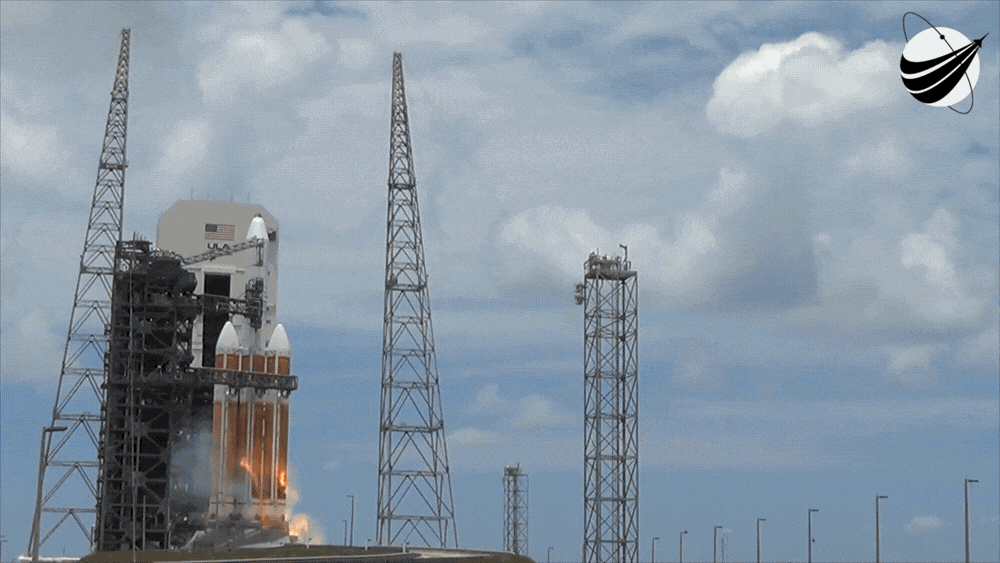
Part 6: The big send-off
The power and fuel capacity of the Delta IV, along with an eventual gravity assist from Venus, will get the solar probe velocity down to a point where it can orbit the sun.

The power and fuel capacity of the Delta IV, along with an eventual gravity assist from Venus, will get the solar probe velocity down to a point where it can orbit the sun.
Part 6 of 7. This is a seven-part series anticipating the launch of the first mission to the sun, NASA’s Parker Solar Probe. The University of Michigan’s Justin Kasper, a climate space science professor, serves as one of the principal investigators for the mission.
Parker Solar Probe is roughly the size of the Chevy Malibu in your driveway – not a massive space vehicle by any stretch of the imagination.
But when it launches in early August on its way to the sun, the probe is going up atop one of the biggest rockets out there – the Delta IV Heavy.

The mission is to gather data from the sun’s corona to better understand solar weather and how it threatens Earth. Justin Kasper, a principal investigator on the Parker mission and a climate and space science professor at the University of Michigan, described the Delta IV Heavy as “three massive rockets in a line, bolted together and launched all at the same time.”
Its use for a scientific project like the Parker Solar Probe is a first. The massive launch vehicle is normally reserved for government or military projects.
Delta IV’s manufacturer, United Launch Alliance, touts the rocket as delivering “our nation’s most critical national security missions for the National Reconnaissance Office and the U.S. Air Force.”

The solar winds Parker was designed to study and weather events in the sun’s corona we detect with satellites, are part of what makes the mission “critical” in the eyes of researchers.
Why such a large rocket for a probe that only weighs about 1,000 pounds? It has more to do with slowing the probe down than speeding it up.
“Earth moves around the sun at about 30 km per second,” Kasper said. “You can’t just use any rocket to slow you down by tens of kilometers per second.”
The power and fuel capacity of the Delta IV, along with an eventual gravity assist from Venus, will get the solar probe velocity down to a point where it can orbit the sun.